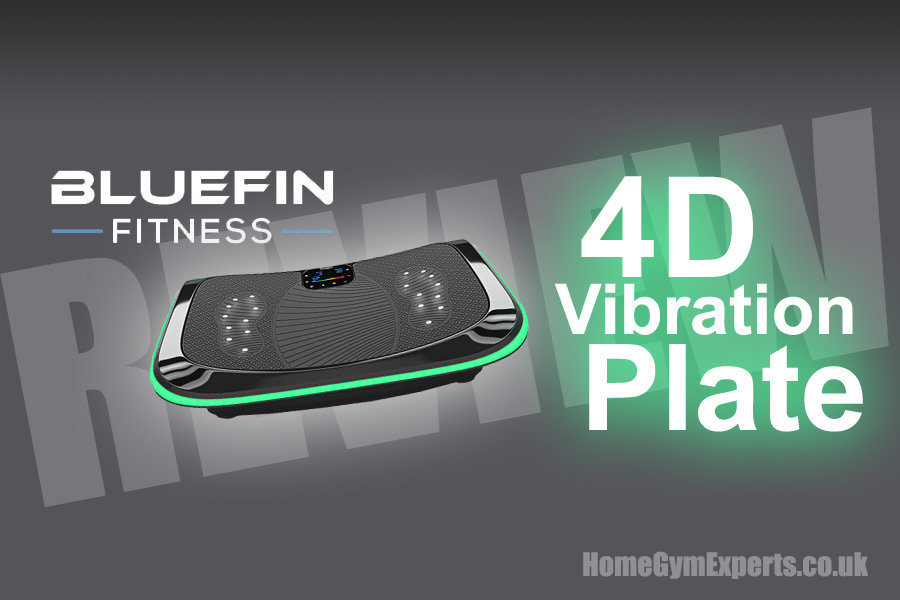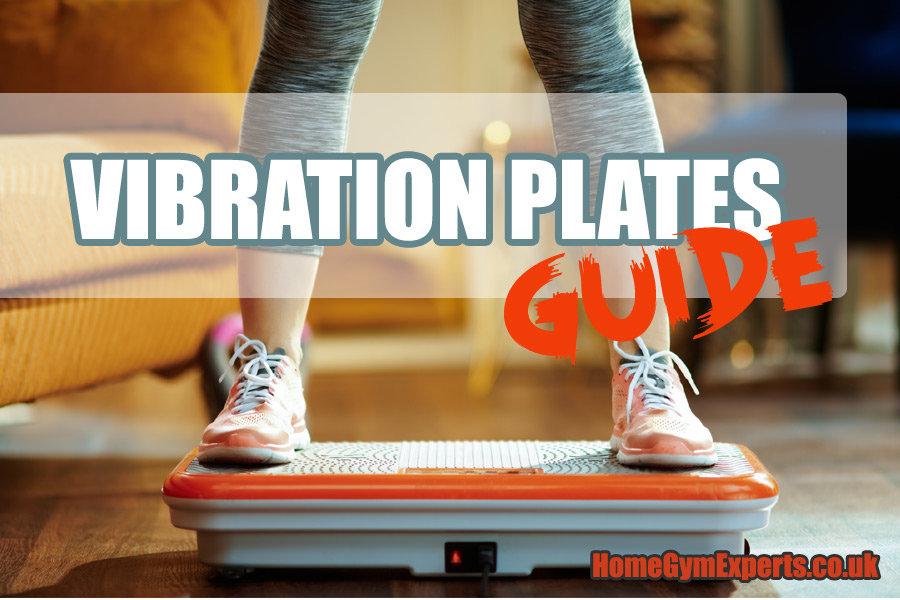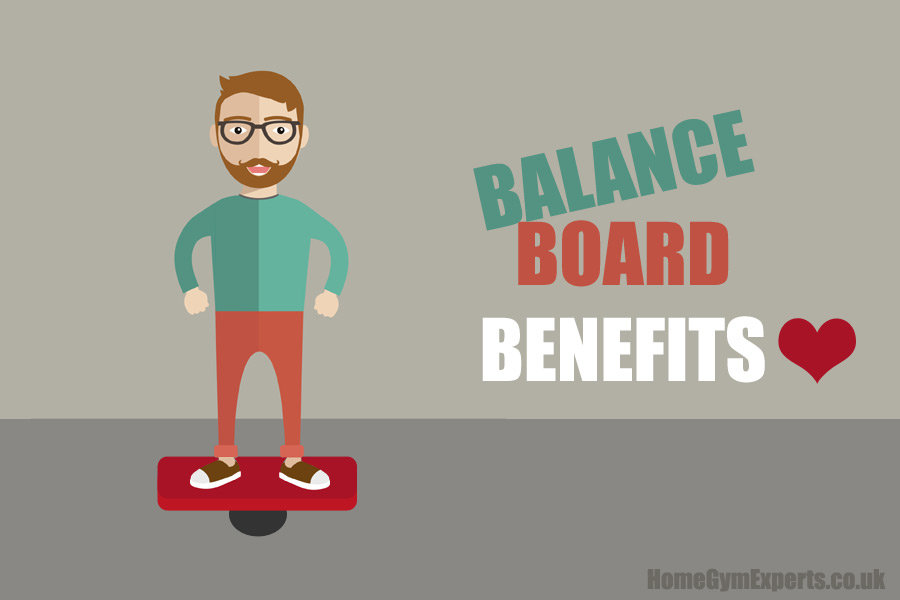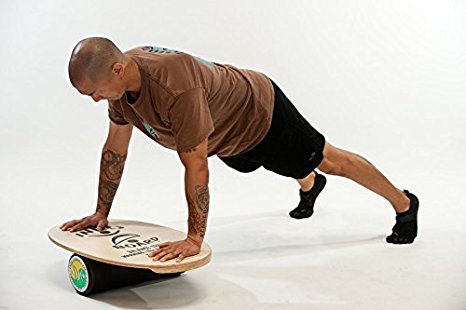Whether you’re new to inversion tables, or just trying to get some proper information on how they can help your back and be used in training this guide has you covered. We’ll look at all aspects of these ‘upside down’ machines – what they are, how they work and the health benefits.
What’s an inversion table?
While inversion equipment might look like something you’d see on a science fiction movie, at their core inverting tables all have the same basic use: they give you a way to improve your spine and surrounding muscles safely at home.
There’s a broad selection of inversion tables on the market in 2025 for home use in the UK. There’s even some pretty decent cheap inversion tables too, if you want to give it a go without spending out a king’s ransom.
(See our guide on the best inversion tables for under £200 here)
They consist of a strong frame, usually made from square or circular tubular steel and the ‘bed’ part that you lie on. You secure yourself to the bed, using ankle braces and sometimes an extra strap across the bed section. Then you’re free to rotate the bed around to your desired angle.
What’s the point in it all?
If you’re new to inversion tables and wondering what the point of it all is, it’s all about your spine!

Whether you’re suffering from back pain, or just into health and fitness, your spine will be compressed and stressed by both work, training and just gravity in general. So one of the best things you can do is to stretch out your spine and the muscles around it.
There’s a number of ways to do this, like hanging (monkey style), suspending yourself from a bar wearing some inversion boots (batman style), or the less dodgy version: an inversion table.
Home gym exercises you can do with your inversion table
As well as soothing your back after a good workout, or relieving some build up tension, you can of course also use your inversion table for training. Inversion machines are perfect for intense ab work and you can safely train your abdominal muscles extremely effectively, with far less time than using crunches or regular sit ups.
Inverted crunches at either 45° or a full 180° if you’re up for a challenge are a great way to seriously improve your core and abs. Just take it easy if you’re getting started!
What are other benefits of inversion tables?
As any school child can probably tell you, when you wake up in the morning, you’re actually a bit taller than you were before you went to bed. During the day, the discs that make up our spine get compressed together and are only allowed to expand again when we lie flat.

One of the things an inversion table does is not only take that pressure off, but super-charge it and stretch your spine out fully, allowing things to get back to their natural shape. Here’s some other pluses to trying this form of back care.
- Reduce pressure on your nerves
- Elongate the spine
- Stretch sore or recovering back muscles
They can also help with a number of back problems:
- Back pain
- Sciatica
- Herniated disc
- Degenerative disc disease
- Spinal joint disease
A smooth, safe form of inversion – it’s all about balance!
Being flipped upside down might sound like a recipe for a disaster but it’s a lot more controlled and simple than it sounds. For starters, one of the key concepts of an inversion table is that your body weight is balanced carefully on the bed. The central pivot should align with the mid point of your body weight.

This basically means that you will be accurately balanced on the inversion table and it will take the slightest amount of energy to rotate the table to your desired angle. Inversion equipment generally have nice big handles you can get hold of and move around. You definitely don’t need any strength to do this.
Good inversion beds will smoothly and easily move you into your desired position.
You don’t have to go a full 180° to benefit from an inversion machine
If the idea of being suspended completely upside down, doesn’t sit right with you, or you don’t want to try it just yet, the good news is that inversion tables generally have a number of levels of inline you can set them to.
How do you use an inversion table?
Obviously there’s a lot more at stake using an inversion table for the first time as opposed to jumping on a new cross trainer and giving it a spin. Going partially or completely upside down means you’ll need to take care getting things set up properly.
While the methods vary slightly between the machines we’ve looked at, the process is generally as follows:
- Set the height to fir you – This is normally displayed on the adjustment bar and is easy to do.
- Set the angle you want to rotate to – you don’t have to go for full inversion and can start with a gentle 45°
- Lock in your ankles
Inversion table vs inversion boots
While inversion boots are a brilliant want to stretch out your back, they’re not exactly the most practical thing in the world to use. You need to get upside down to begin with and hook your boots over the bar you’ll be hanging from. Inversion tables are much easier to start using and arguably safer to get into position with.
Some tips to stay safe when using an inversion table
While the idea of dangling upside down might sound like something you should only try if you’re advanced, it’s not as hard as it sounds. Having said that, the first time you try inverting, or are just getting used to the machine, it’s not a bad idea to have a mobile phone close at hand, or someone in the same room.
(Although we can’t guarantee they won’t injure their sides laughing at you going bat man in the spare room).
Different types of ankle and foot straps
One thing you’ll definitely want to look into when picking your perfect back stretcher is comfort. Yes, you’ll want to be as comfortable as possible when you’re inverted. One of the most important bits of this is how your feet are actually secured to the machine.

There’s generally two methods used:
- Ankle clamps – by far the best solution (although normally found on slightly more costly inversion benches). These are proper clamps that secure you snugly by the ankle.
- Sponge rollers that secure your feet – More common and still a comfy option. These are more like gym equipment where your feet hook around the round rollers. They work fine but aren’t as kind to your lower legs as the clamps.
Not convinced? Here’s some more cool things about inversion tables
- They needn’t take up much space – The majority of inversion tables are foldable and can be very light weight, which is impressive considering how robust they need to be. Some can fold up to a ‘flatness’ of around 8cm. Not bad.
- There’s some really good cheap ones – If you thought inversion tables had to run into thousands of pounds (they can) there’s still some really decent home based machines hovering around the £100 mark. While they might not have the fancy features of some of the more pro versions, they’re a great way to get all the benefits of inversion at home without spending loads of money.
Anything to be careful of?
While the evidence is still not completely clear, there’s a number of articles and studies on inversion if you have gloucoma. Basically, if you do, going upside down should be avoided.
Another group of people who will be excluded from using an inversion table are anyone with lumbar instability such as a spinal fracture or spondylolisthesis.
Final thoughts
Inversion tables are not only a good buy for anyone with back issues, they’re also a lesser-used but very effective way to train your abs, back and other muscles that are harder to hit without one. If you want a good brand, go for a Teeter one, or try one of the budget ones mentioned earlier.
Happy stretching, training and going upside down!
Sources and references
- Some advice and research on inversion on glaucoma patients.
- There’s a great page here on the benefits of using an inversion table
- You can find out who should and should not use an inversion table here









